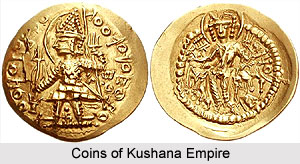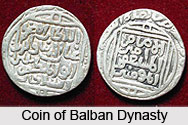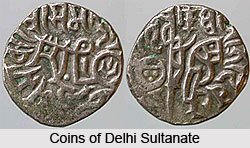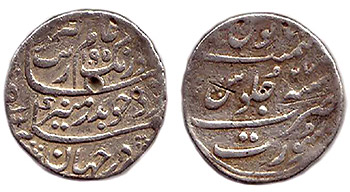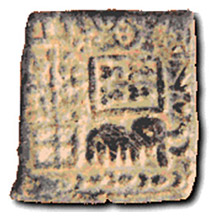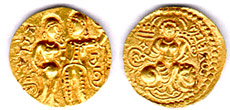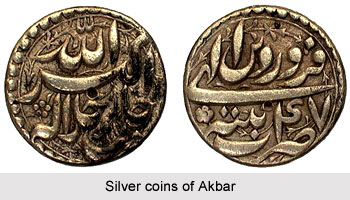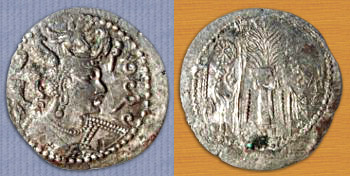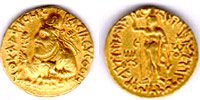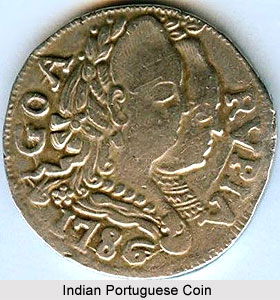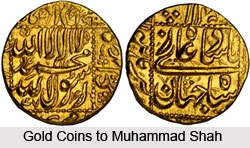 The history of Kashmir plays an important part in the history of its coins. The coins were issued according to the rulers and the economical and the social status of the rulers were reflected on these coins.
The history of Kashmir plays an important part in the history of its coins. The coins were issued according to the rulers and the economical and the social status of the rulers were reflected on these coins.
In 1346 A.D., Kashmir was conquered by a Swat named Shah Mirza from the Hindu rulers. He assumed the title Shamsuddin and a Muslim Sultanate was founded. Twenty rulers from this Muslim dynasty ruled over Kashmir for a long time. After the reigning period of Mirza Haider, Ghazi Chak, Akbar usurped Kashmir and set his empire.
The coins of Kashmir represent the sixteen Sultans who ruled over Kashmir. Gold coins belonged to Muhammad Shah, Ibrahim and Yusuf and the coins appeared to be of identical characteristics. The coins bore the `Kalima` enclosed in a circle and the reverse side of the coin contained an inscription of the king`s name and the titles and the name of the mint in Kashmiri. These were divided into two parts by a double band running across the face of the coin. The silver coins of Kashmir were square in shape and weigh about 95 grains. The shape, size and design of the coin were indicative of the fact that they perhaps had the latest billon issues of Qutbuddin Mubarak of Delhi as their prototype.
The coins of Kashmir were designed in a manner that the obverse side of the coin carried the name of the ruler accompanied invariably by the title `al-sultan al-azam` and the dates in figure. On the obverse side of the coin contained the legend `Zarb Kashmir` (struck in Kashmir) in a square border set diagonally to the sides of the coin. The margin of the coin was decked with the date in Arabic words which were usually in abbreviated forms. The copper coins of Kashmir had the same legends as the silver coins. The only different was that the obverse inscription was divided by a bar with a knot in the middle.
The coins of Kashmir display a particular style and the social status of the then society.
